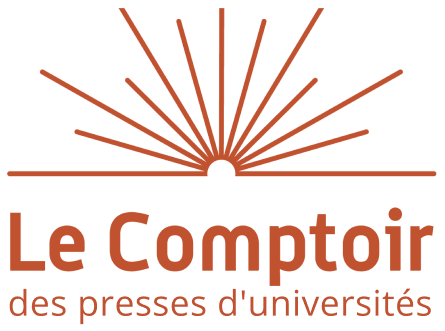Six articles du père Henry Serruys, préfacés par Françoise Aubin :
A prayer to Cinggis-Qan ;
The Mongol name of Shan-hai-kuan in the Erdeni-jin tobci ;
Qalqa/Qalqabci : " shield, screen " ;
An imperial restoration in Ordos, 1916-1917 ;
Music and song for animals ; Deresü : Lasiogrostis splendens.
Françoise Aubin, À propos des Kalmak ou Sart-Kalmak de l'Issyk-kul'.
N. L. Zhukovskaya, Les Kalmak de l'Issyk-kul' (trad. et adapté par Fr. Aubin).
Tchoï. Loubsangjab, À propos de l'orthographe du mongol en alphabet latin.
Françoise Aubin, In memoriam Ja. Cevel (1902-1984).
Comptes rendus.
RÉSUMÉSFather Henry Serruys, C.I.C.M. (1911-1983).As a Roman Catholic missionary of the Belgian Congregation of Scheut (or C.I.C.M.), Henry Serruys (1911-1983), the well-known mongolist and sinologist, was stationed from 1936 until his internment in a Japanese camp in 1943, not amongst the Mongols but in poor immigrant Chinese villages in central Inner Mongolia. Like his erudite older colleague Fr. Antoine Mostaert, C.I.C.M. (1881-1971), he was irresistibly drawn to the Mongol cause, and was able to identify with it by dedicating himself, with typically Flemish vigour, to the study of the historical and religious past of the Mongols, particularly after settling in the United States in. 1948. In this he was able to take advantage of the teaching and experience of brother orientalists, notably the sinologist J. Mullie, C.I.C.M. (1886-1976) and the mongolist A. Mostaert, who had preceded him on the path of learning. The six posthumous articles published here cover almost the complete scope of the author's interests during the last years: Lamaism, ritual, the cult of Cinggis-Qan, Mongol customs, the political history of the Ordos in the 20th century, etymology.Une prière à Gengis-khan.Édition en translittération et traduction d'une prière à Gengis-khan, lequel y est transformé en divinité lamaïque, en complément aux précédents travaux de l'auteur sur le culte de Gengis-khan et les rituels usuels chez les Mongols.Le nom mongol de Shan-hai-kuan dans L'Erdeni-jin tobci.À propos de la conquête, par les Mandchous, de Shan-hai-kuan, la dernière place forte avant l'entrée en Chine par la route la plus orientale: il semblerait que Shan-hai-kuan se dise en mongol "[la ville aux] Neuf Portes" (jisün qagalga) et que le nom mongol de Qaratai (ou Qaradai) ne s'applique pas à Shan-hai-kuan, comme on l'a soutenu, mais à une autre ville chinoise des environs, restant à identifier.Qalqa/qalqàbci: "bouclier, écran".Un large choix de citations (extraites de la version mongole du Man-chou shih-lu) met en lumière deux termes mongols: qalqa et qalqabci (ce dernier sous la forme la plus usuelle de tergen-ü qalqabci ou, parfois, de qalqabci terge[n]) qui, dans la terminologie militaire des conquêtes mandchoues au début du XVIIe siècle, désignent un engin de défense - un écran protecteur monté sur roues derrière lequel les soldats s'abritent pour avancer. Qalqabci désigne, d'autre part (toujours dans le Man-chou shih-lu), une tour de défense sur un mur d'enceinte, de sorte que l'expression qalqabci ger pourrait signifier une maison-écran.Restauration impériale en Ordos, 1916-1917.L'auteur reconstitue un événement typique des troubles du début de l'époque républicaine: une rébellion, dans le style des soulèvements traditionnels de la vieille Chine, menée par un bandit nommé Lu Chan-k'uei et un prétendu fils du prince impérial Tuan; et la répression confiée aux officiers musulmans de Ning-hsia.Musique et chants pour animaux.L'auteur donne ici un choix de citations concernant une coutume traditionnelle des éleveurs mongols: chanter ou faire de la musique auprès d'une femelle (chamelle, vache ou brebis) qui refuse son petit, afin, en la calmant, de faciliter la montée du lait.Deresü: Lasiogrostis splendens.L'herbe caractéristique des steppes mongoles, le deresü (Lasiogrostis splendens), mentionnée déjà dans l'Histoire secrète des Mongols (XIVe siècle) et formant souvent des noms de lieu, est rendue en chinois par des caractères variés se ramenant aux prononciations hsi-chi, hsi-chü, chih-chi.

